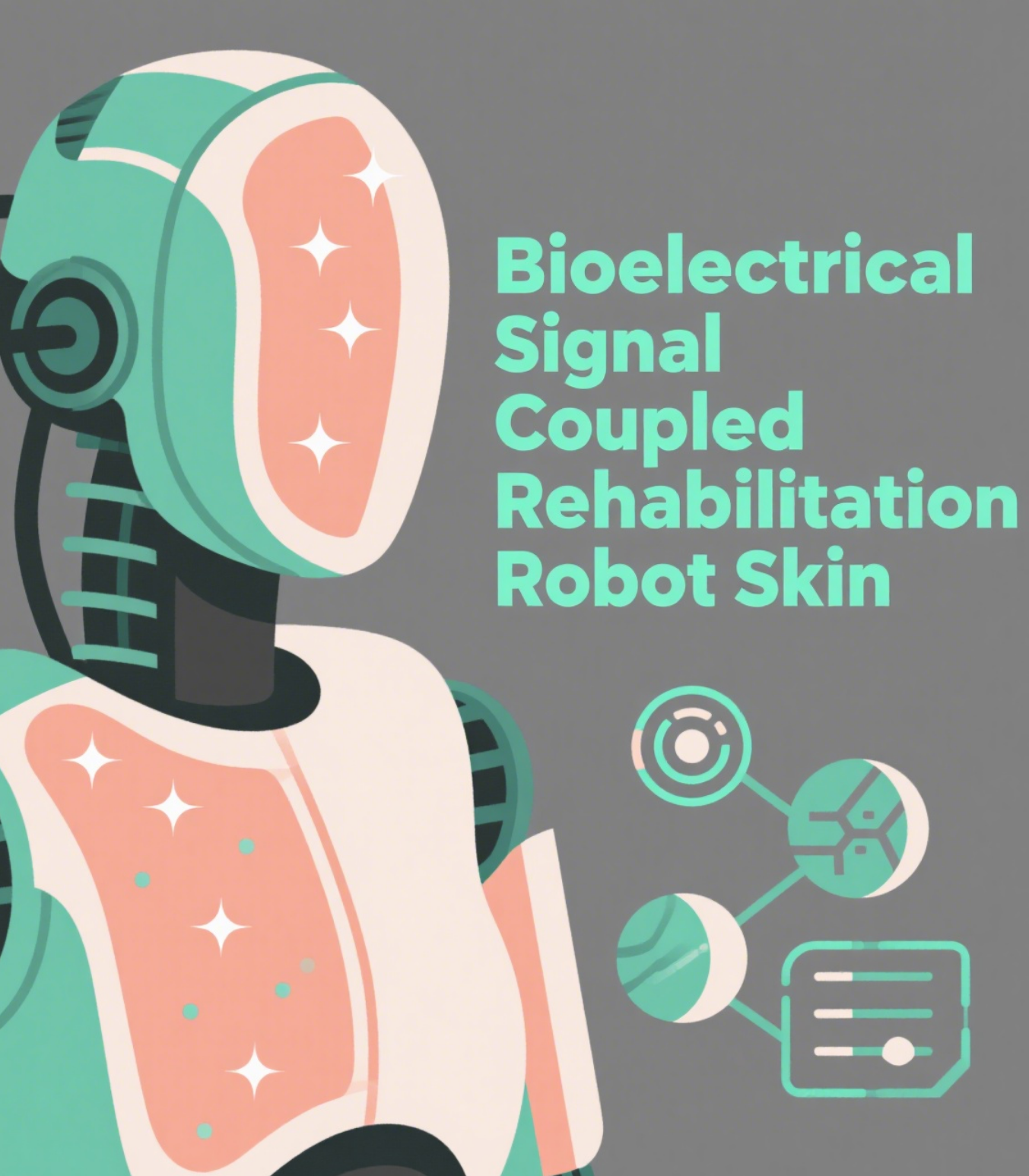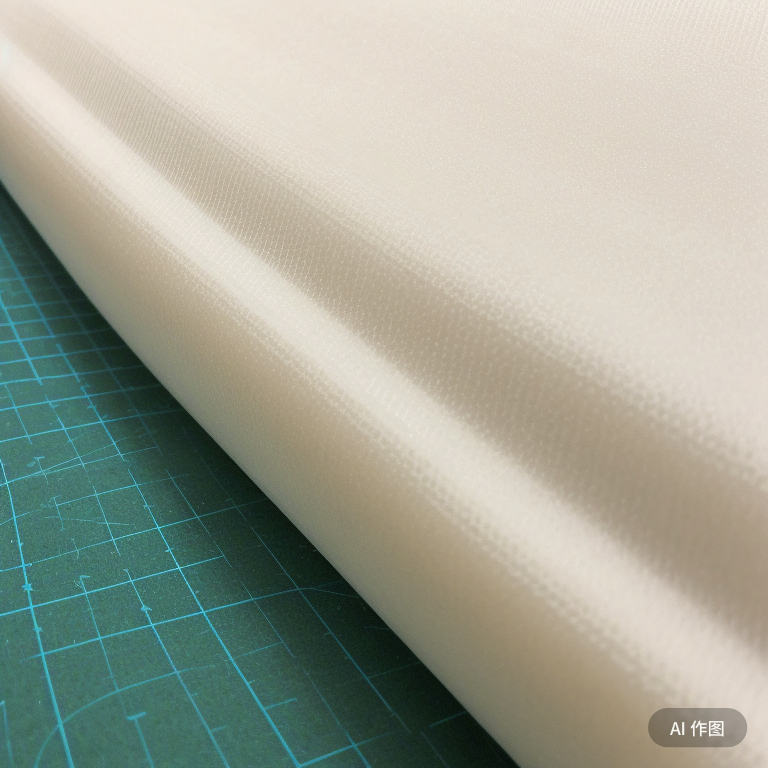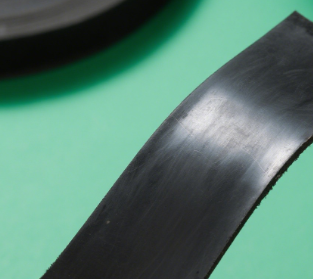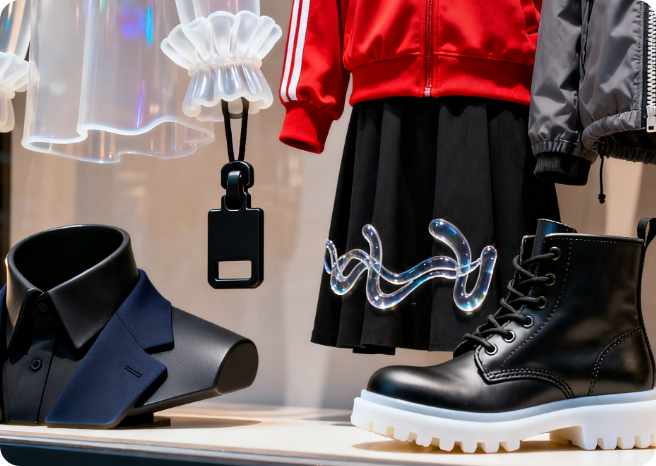Top Ten Innovative Robot Skins
2025/06/09
0
1. Antimicrobial Drug-Release Medical Robot Skin
Core Innovation: Embed nanoscale antimicrobial particles (such as silver ion complexes) and sustained-release microcapsules in platinum-cured LSR (liquid silicone rubber) substrate, enabling automatic release of antibiotics or growth factors through skin contact.
Differentiation: Breaking through the limitation that traditional biocompatibility only stays at surface modification, it achieves active medical intervention. Suitable for contact nursing of patients’ wounds by postoperative rehabilitation robots, it combines antimicrobial protection with tissue repair promotion.
Differentiation: Breaking through the limitation that traditional biocompatibility only stays at surface modification, it achieves active medical intervention. Suitable for contact nursing of patients’ wounds by postoperative rehabilitation robots, it combines antimicrobial protection with tissue repair promotion.
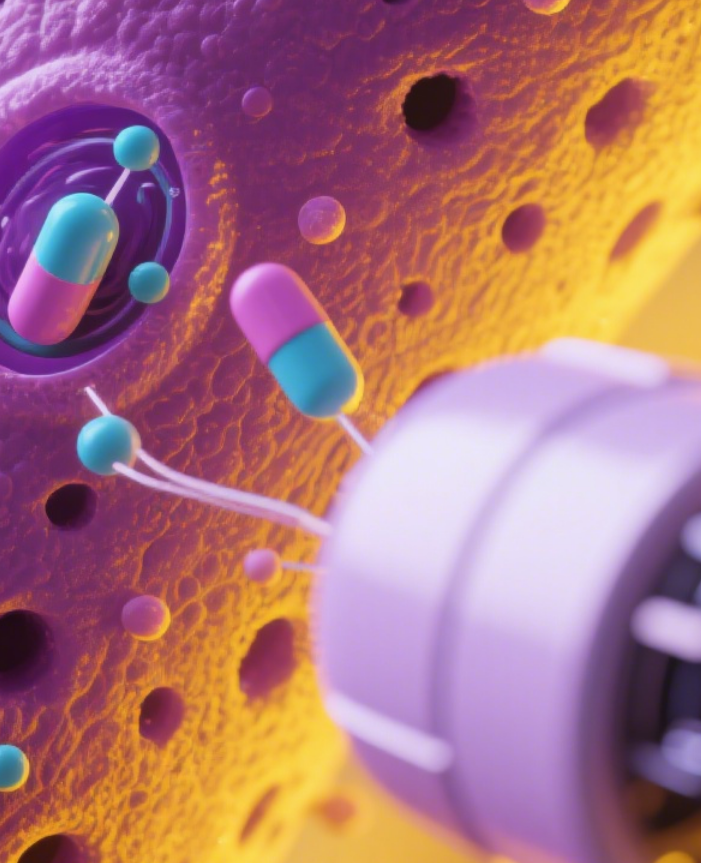
Antimicrobial Drug-Release Medical Robot Skin
2. Intelligent Thermal-Response Deformable Industrial Robot Skin
Core Innovation: Blend shape memory alloy wires with LSR for injection molding to develop skin materials whose surface texture changes with temperature. When the environmental temperature exceeds 80°C, heat-dissipating fins automatically protrude from the skin surface; when it is lower than -20°C, a dense anti-slip layer forms.
Differentiation: Leveraging LSR’s wide temperature range adaptability (-60°C~180°C) and combining with an active deformation mechanism, it enables industrial robots to autonomously adjust skin functions under high and low temperature conditions, solving the hysteresis problem of traditional passive heat dissipation/insulation solutions.
Differentiation: Leveraging LSR’s wide temperature range adaptability (-60°C~180°C) and combining with an active deformation mechanism, it enables industrial robots to autonomously adjust skin functions under high and low temperature conditions, solving the hysteresis problem of traditional passive heat dissipation/insulation solutions.
3. Bionic Olfactory Interactive Consumer-Grade Robot Skin
Core Innovation: Integrate microporous sustained-release structures within the LSR elastic layer and equip replaceable scent capsule modules. Specific fragrances (such as baby powder and sandalwood) are released via pressure triggering, combined with tactile sensors to achieve multimodal emotional interaction.
Differentiation: Breaking through the single dimension of tactile perception, it combines LSR’s soft touch with olfactory experience, suitable for companion robots. It enhances human-robot emotional connection by transmitting emotional states through scents (e.g., releasing lavender fragrance in soothing mode).
Differentiation: Breaking through the single dimension of tactile perception, it combines LSR’s soft touch with olfactory experience, suitable for companion robots. It enhances human-robot emotional connection by transmitting emotional states through scents (e.g., releasing lavender fragrance in soothing mode).
4. Self-Assembled Conductive Network Repairable Robot Skin
Core Innovation: Disperse liquid metal microdroplets (such as gallium-indium alloy) in the LSR matrix. When the skin is damaged, the microdroplets automatically converge at the fracture surface to form conductive pathways, and the built-in nanofiber self-healing layer restores mechanical strength.
Differentiation: Different from traditional sensor circuit welding or silver nanocoating repair, it uses the fluidity of liquid metal to achieve autonomous reconstruction of conductive networks, solving the problem of sensor signal interruption after damage to complex curved robot skin, especially suitable for unmanned maintenance scenarios like space exploration.
Differentiation: Different from traditional sensor circuit welding or silver nanocoating repair, it uses the fluidity of liquid metal to achieve autonomous reconstruction of conductive networks, solving the problem of sensor signal interruption after damage to complex curved robot skin, especially suitable for unmanned maintenance scenarios like space exploration.
5. Bioelectrical Signal Coupled Rehabilitation Robot Skin
Core Innovation: Construct bionic micro-nano structures (imitating human epidermal ridges) on the LSR surface, with built-in dry electrode arrays and flexible circuit boards. It directly collects human myoelectric signals through skin contact and generates rehabilitation action commands in real time via edge computing.
Differentiation: Transforming robot skin from a passive protective layer into an active interactive interface, it realizes a “contact-to-control” human-robot collaborative rehabilitation mode, solving the inconvenience of traditional rehabilitation equipment requiring electrode patches and improving the naturalness of limb training for stroke patients.
Differentiation: Transforming robot skin from a passive protective layer into an active interactive interface, it realizes a “contact-to-control” human-robot collaborative rehabilitation mode, solving the inconvenience of traditional rehabilitation equipment requiring electrode patches and improving the naturalness of limb training for stroke patients.
6. Light-Controlled Color-Changing Camouflage Robot Skin
Core Innovation: Dope reversible photochromic molecules (such as spirobenzopyran derivatives) into LSR, combined with micro LED backlight modules. Through AI algorithms, it analyzes environmental spectra in real time and dynamically adjusts skin color and texture to achieve optical stealth for military reconnaissance robots.
Differentiation: Using LSR’s high moisture permeability and elasticity, it integrates color-changing functions into a flexible substrate, breaking through the motion limitations of traditional rigid camouflage materials. It supports dynamic camouflage of robots in complex terrains while maintaining tactile sensitivity.
Differentiation: Using LSR’s high moisture permeability and elasticity, it integrates color-changing functions into a flexible substrate, breaking through the motion limitations of traditional rigid camouflage materials. It supports dynamic camouflage of robots in complex terrains while maintaining tactile sensitivity.
7. Pneumatic Muscle-Enhanced Soft Robot Skin
Core Innovation: Use 3D printing technology to construct a hollow fiber network inside the LSR skin, achieving local muscle-like contraction driven by air pressure. The outer skin embeds fiber Bragg grating sensors to monitor fiber deformation in real time.
Differentiation: Transforming the external air pump drive of traditional soft robots into an internal power unit within the skin, it enables the robot’s epidermis to have three functions: sensing, driving, and protection. It is particularly suitable for pipeline inspection robots operating in narrow spaces, enabling fully flexible movement without rigid components.
Differentiation: Transforming the external air pump drive of traditional soft robots into an internal power unit within the skin, it enables the robot’s epidermis to have three functions: sensing, driving, and protection. It is particularly suitable for pipeline inspection robots operating in narrow spaces, enabling fully flexible movement without rigid components.
8. Ionic Liquid Conductive Tactile Array Skin
Core Innovation: Replace traditional graphite conductive fillers with ionic liquids (such as 1-ethyl-3-methylimidazolium tetrafluoroborate) to prepare highly stretchable conductive LSR. Construct grid-like ionic channels inside the skin via microfluidic technology to achieve delay-free transmission of pressure signals.
Differentiation: Solving the problem of unstable resistance in traditional conductive rubber during stretching, the fluidity of ionic liquids keeps the skin’s conductivity uniform under 400% elongation. It can be used for fingertip tactile arrays of precision surgical robots, achieving a pressure resolution accuracy of 0.1N.
Differentiation: Solving the problem of unstable resistance in traditional conductive rubber during stretching, the fluidity of ionic liquids keeps the skin’s conductivity uniform under 400% elongation. It can be used for fingertip tactile arrays of precision surgical robots, achieving a pressure resolution accuracy of 0.1N.
9. Magnetically Controlled Stiffness-Tunable Rescue Robot Skin
Core Innovation: Disperse micrometer-scale ferromagnetic particles in the LSR matrix, allowing real-time adjustment of skin hardness (dynamic change from 10A to 80A) by applying an external magnetic field. The skin’s bottom layer integrates stress sensors to automatically match the optimal stiffness for different rescue scenarios.
Differentiation: Achieving rapid switching between “soft contact-hard support” via magnetic control—for example, earthquake search and rescue robots remain soft to avoid secondary damage when contacting debris and harden to enhance load capacity when supporting heavy objects—breaking through the application boundaries of traditional rigid/soft robots.
Differentiation: Achieving rapid switching between “soft contact-hard support” via magnetic control—for example, earthquake search and rescue robots remain soft to avoid secondary damage when contacting debris and harden to enhance load capacity when supporting heavy objects—breaking through the application boundaries of traditional rigid/soft robots.
10. Environment Energy Harvesting Self-Powered Robot Skin
Core Innovation: Attach triboelectric nanogenerator (TENG) arrays to the LSR surface to collect energy via the triboelectric effect from skin contact with the outside world, while embedding thermoelectric generator sheets to generate power from the temperature difference between the robot’s body and the environment.
Differentiation: Transforming robot skin into an energy capture interface, it provides continuous power for low-power sensors (such as pressure, temperature, and humidity modules), solving the constraints of traditional wired power supply and battery life issues. It is particularly suitable for long-term deployment of field monitoring robots.
Differentiation: Transforming robot skin into an energy capture interface, it provides continuous power for low-power sensors (such as pressure, temperature, and humidity modules), solving the constraints of traditional wired power supply and battery life issues. It is particularly suitable for long-term deployment of field monitoring robots.













